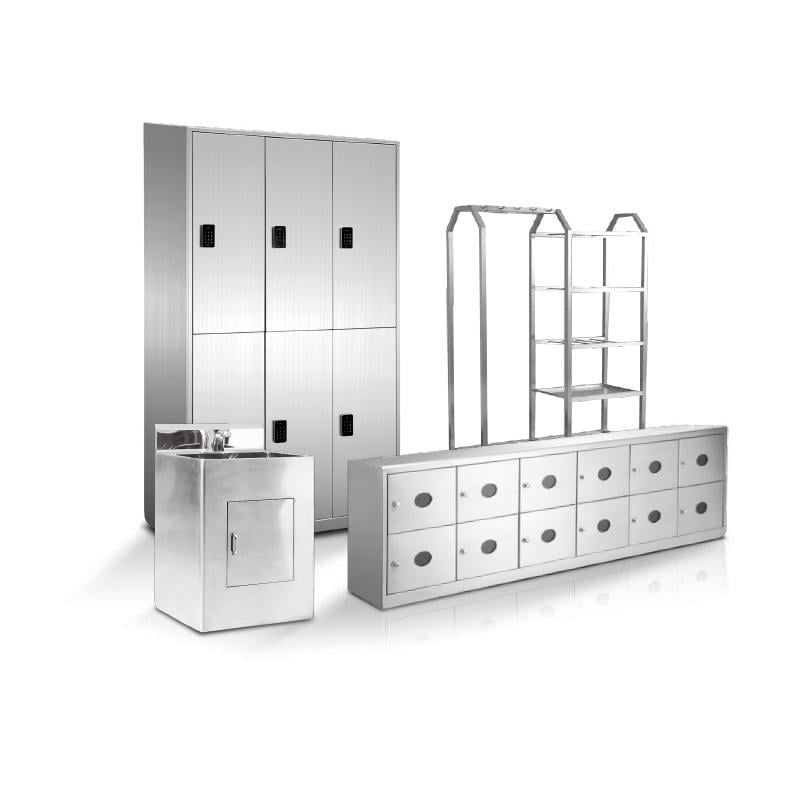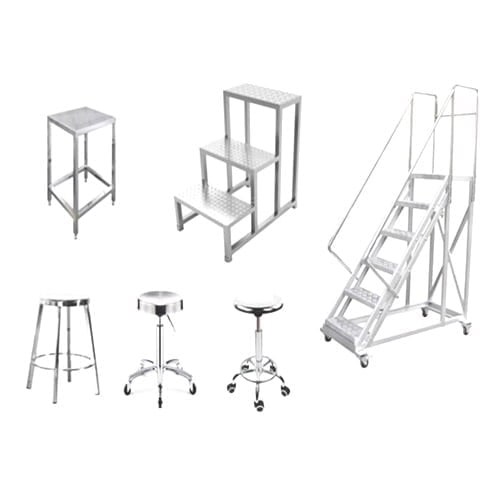Ever walked into a lab and marveled at the shiny, pristine equipment? That shine isn’t just for aesthetics—it’s the hallmark of high-quality stainless steel, a trusted ally for many industries. But do you ever wonder what makes one type of stainless steel different from another? Let’s unravel the mysteries of 304 and 316 stainless steel and see how they hold their ground in laboratory settings.
Setting the Scene: Why Stainless Steel in Labs?
Imagine a fortress, unyielding to the harshest of conditions. Now, imagine that resilience in your lab equipment. That’s precisely the role stainless steel plays—ensuring equipment doesn’t surrender to corrosion. Especially in places where cleanliness isn’t just a standard, but a mandate.

Comparing 304 & 316 Stainless Steel: A Snapshot
At a distance, both might appear similar. Dive closer, and the subtle differences emerge.
304 Stainless Steel at a Glance
Comprising 18% chromium and 8% nickel, it’s the go-to for many standard applications. But when the going gets tough, sometimes 304 might not go along.
The Robustness of 316 Stainless Steel
Here’s the beefed-up version. Alongside its 16% chromium and 10% nickel, it proudly boasts of molybdenum, the silver sentinel against corrosion.
The Enhanced Version: 316L Stainless Steel
Think of it as 316, but on a protein shake. It comes with all the goodness of 316 but with less carbon, ensuring lesser metallic contamination. Isn’t that something?
When to Choose 316 over 304?
If you’re in the life sciences, pharma, or even food processing, where rigorous cleaning can make 304 crumble, 316 is your knight in shining armor. Trust us, you don’t want your equipment compromising an entire project. Or even worse, risking lives.
The YOUTH Advantage in Cleanroom Solutions
Let’s get something straight: not all stainless steel products are created equal. At YOUTH, we craft cleanroom equipment with unparalleled precision. From doors that repel the fiercest chemicals to tables designed for optimal functionality—every YOUTH product echoes commitment.

Summing It Up
Choosing between 304 and 316 isn’t just about numbers—it’s about understanding your needs and ensuring your lab’s safety and functionality. And when in doubt, remember, YOUTH is here to guide you to the best solutions. Why settle for anything less?
Q&A
- What’s the main difference between 304 and 316 stainless steel?
- While both contain chromium and nickel, 316 also includes molybdenum, making it more corrosion-resistant than 304.
- Why might one consider 316L over 316?
- 316L offers the same benefits as 316 but with a lower carbon content, reducing chances of metallic contamination.
- Is 304 stainless steel suitable for all lab equipment?
- While 304 is robust for many standard applications, industries that expose equipment to harsh chemicals might benefit more from 316.
- How does YOUTH ensure the quality of its stainless steel products?
- YOUTH prioritizes precision in crafting cleanroom equipment, ensuring every product meets the highest standards of functionality and safety.
- In what scenarios is 316 stainless steel an absolute necessity?
- Industries like life sciences, pharmaceuticals, and food processing, where equipment is exposed to rigorous cleaning and corrosive environments, should consider 316.
Related Contents:
- The Cleanroom Experience: A Guide to Safe and Efficient Operations
- Innovative Fan Filter Units for the Next Generation of Cleanrooms
- Understanding the Mechanics of Fan Filter Units: A Detailed Guide
- Maximizing Cleanroom Efficiency with High-Performance Fan Filter Units
- The Clean Team: Key Players in Cleanroom Operations
- How Fan Filter Units Facilitate Dynamic Airflow Management in Cleanrooms
- Fan Filter Units: A Comprehensive Solution for Cleanroom Air Purification
- Achieving Precision and Cleanliness: The Power of Fan Filter Units
- The Ultimate Guide to YOUTH Biosafety Dunk Tanks: Features, Benefits, and Applications

























